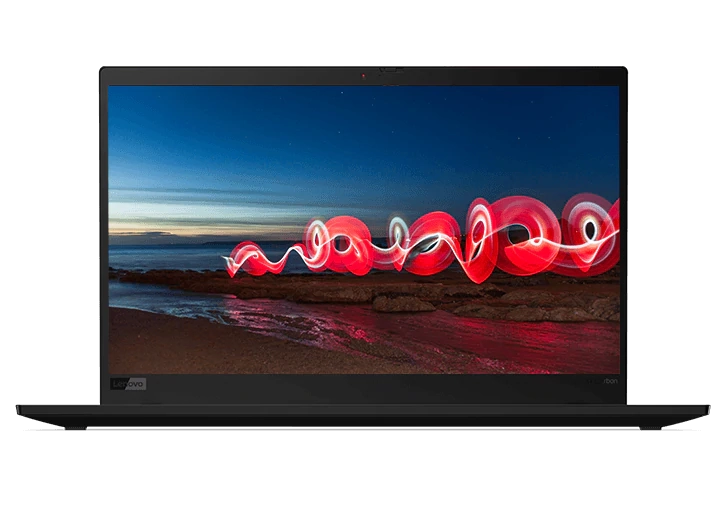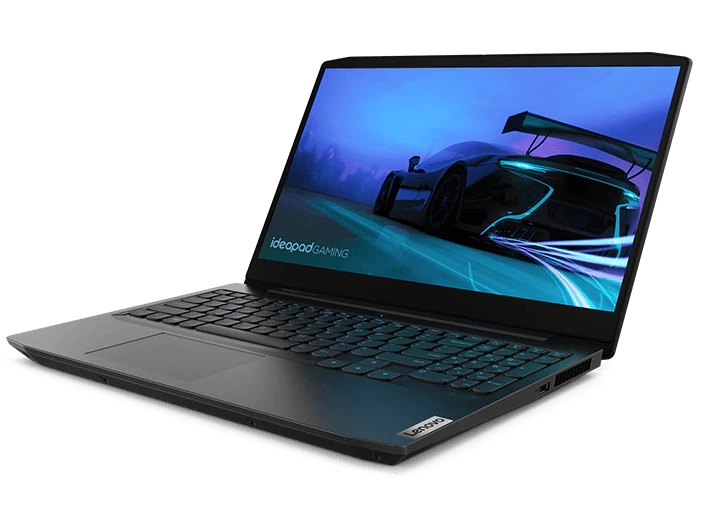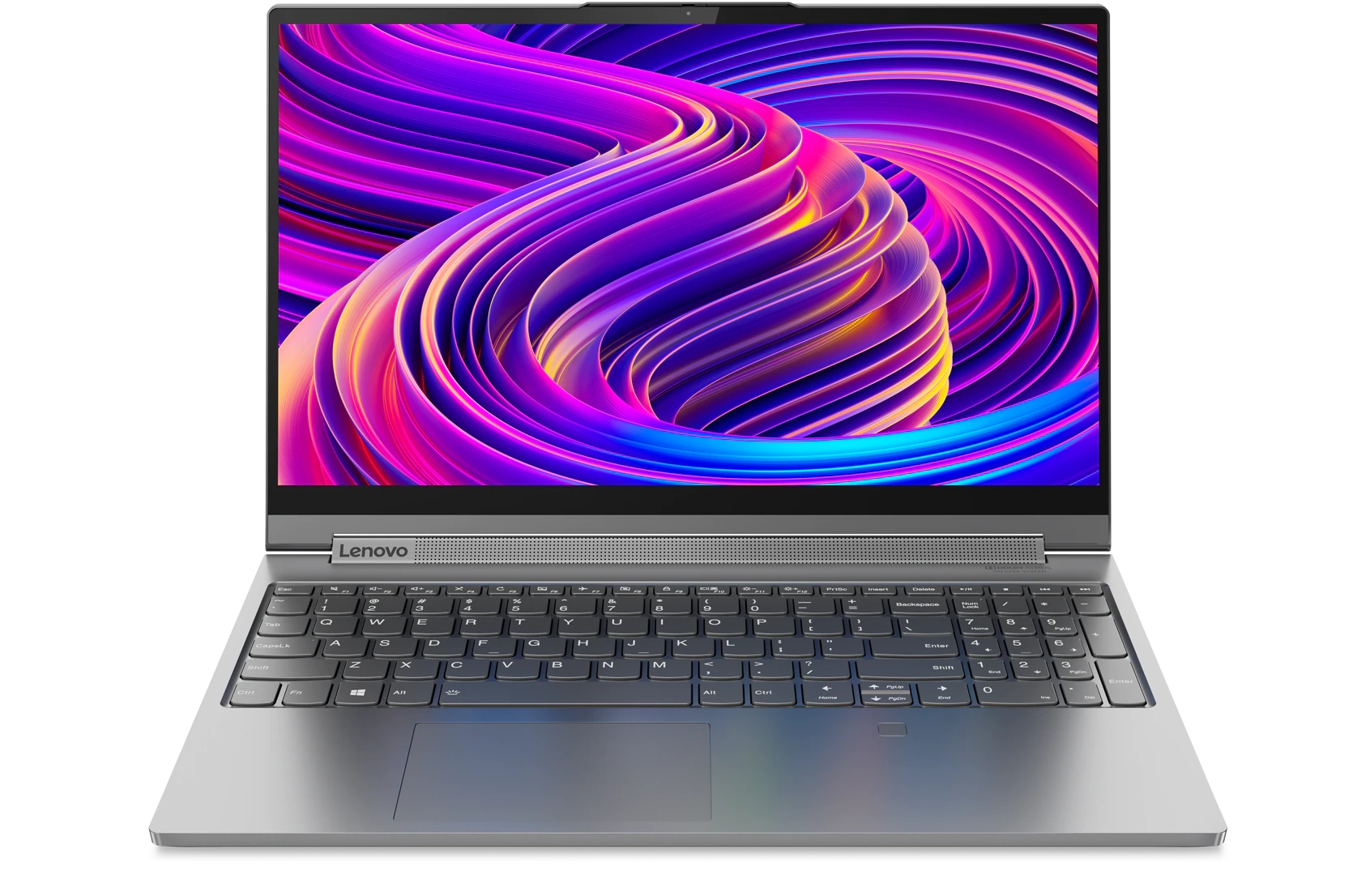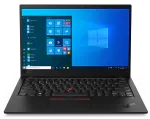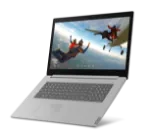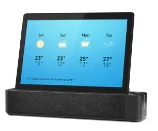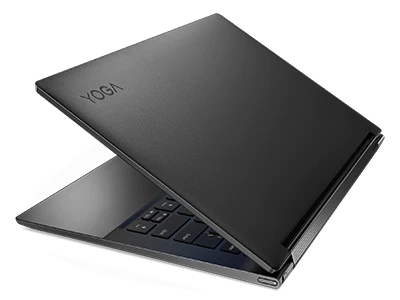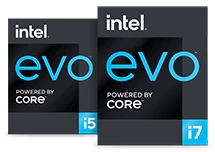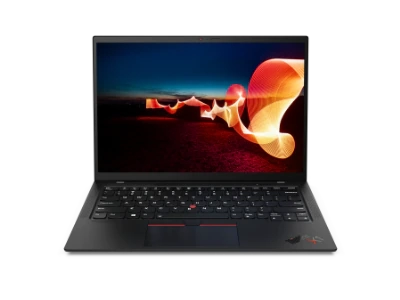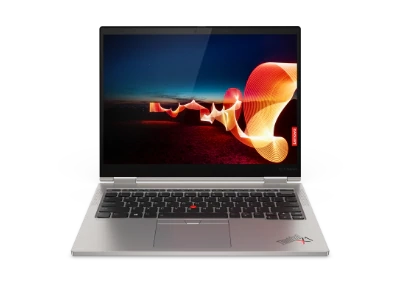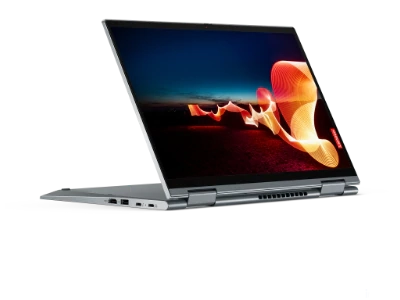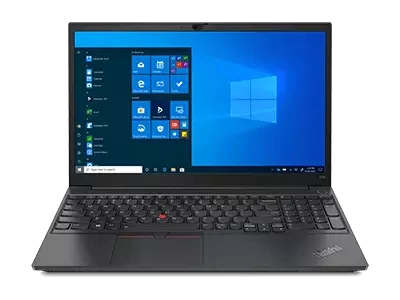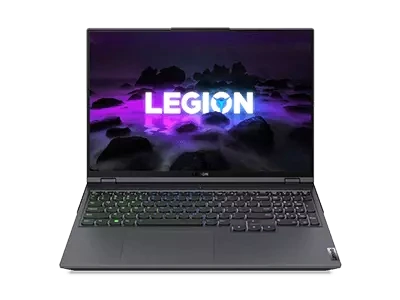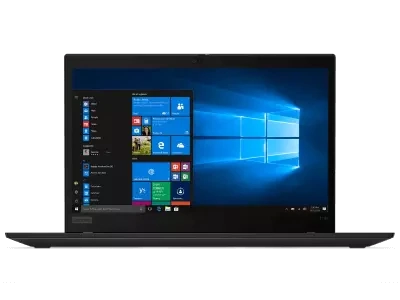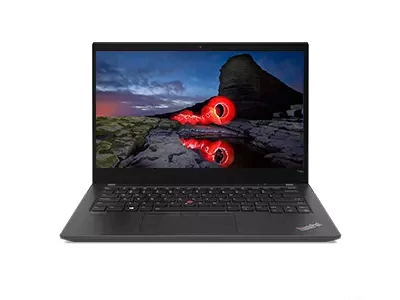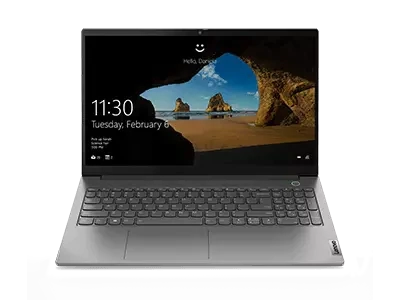Meilleur ordinateur portable pour l'architecture
Les architectes conçoivent nos bâtiments, nos routes et toutes les autres infrastructures que nous utilisons chaque jour. Leur travail comprend des niveaux de détail que nous ne pouvons même pas imaginer. Ils ont besoin des bons outils pour créer ces conceptions complexes, et nous sommes ici avec un guide pratique pour les aider.
De nombreux facteurs importants entrent en jeu dans la fabrication d'un ordinateur portable, et il n'est pas toujours facile de savoir lesquels sont les plus pertinents pour vous ou votre profession. C'est pourquoi nous avons élaboré ce guide à l'intention des architectes et des étudiants pour vous aider à comprendre exactement ce dont vous avez besoin pour le meilleur ordinateur portable pour l'architecture.
Nous aborderons ci-dessous toutes les grandes qualités du meilleur ordinateur portable pour l'architecture, les facteurs que vous devez prendre en compte avant d'acheter une station de travail, et ce dont les architectes ont besoin dans un ordinateur portable.
C'est parti !
Le meilleur ordinateur portable pour la vitesse de traitement
Pour les architectes, le processeur est l'un des composants les plus critiques d'un ordinateur portable. Ils ont besoin d'un ordinateur suffisamment puissant pour exécuter des programmes de calcul intensif tout en effectuant d'autres tâches. Si la plupart des utilisateurs occasionnels peuvent se contenter d'un ordinateur portable de faible puissance ou même d'un smartphone pour naviguer sur le Web, vous avez besoin d'un ordinateur doté d'une puissance de traitement suffisante pour répondre aux exigences des logiciels de CAO et/ou de FAO.
Les architectes utilisent beaucoup de processeurs et de logiciels à forte intensité graphique. Par conséquent, le meilleur ordinateur portable pour le développement de jeux possède également les meilleurs processeurs et cartes graphiques et peut gérer sans effort des tâches multiples et ardues. Le processeur idéal a plusieurs cœurs et une puissance de calcul (ou vitesse d'horloge) d'au moins 3,5 GHz pour les architectes.
Le meilleur ordinateur portable pour un stockage important
Disposer d'une quantité massive de stockage local n'est plus aussi essentiel qu'avant, car vous pouvez sauvegarder vos fichiers sur Internet pour l'utilisateur occasionnel. Cependant, en tant qu'architecte, vous travaillerez avec des fichiers volumineux et des projets énormes qui épuiseront votre espace de stockage avant même que vous ne vous en rendiez compte. Vous voulez donc en avoir le plus possible.
Le SSD (solid-state drive) est actuellement l'option préférée pour le stockage car il est plus léger, plus efficace et plus rapide que les disques durs traditionnels. Les SSD sont également plus silencieux et plus fiables que les disques durs traditionnels.
De nombreux architectes professionnels utilisent un double disque, à la fois un SSD et un disque dur, et bénéficient d'une vitesse et de performances accrues. Cependant, tout le monde n'a pas besoin d'un double disque ; tout dépend de la taille de vos projets. Les architectes débutants n'auront probablement pas besoin d'un double disque (encore).
Le meilleur ordinateur portable pour le rendu GPU
Vous aurez besoin d'une carte graphique ou d'un processeur graphique (GPU) puissant pour les programmes d'architecture. Il existe deux options pour une carte graphique : un GPU dédié, indépendant du processeur, ou un GPU intégré, alimenté par le processeur.
Bien que les dernières versions des GPU intégrés soient assez remarquables et puissent gérer leur part de travail, vous aurez besoin d'un GPU dédié (ou discret) en tant qu'architecte. Les GPU dédiés ont leur propre RAM et ne dépendent pas du processeur, ce qui les rend plus rapides et meilleurs pour les tâches graphiques lourdes. La plupart des logiciels d'architecture utilisent le rendu GPU, qui fait appel à l'unité de traitement graphique, et ont donc besoin d'une puissance supérieure à celle que peut offrir un GPU intégré.
Le meilleur ordinateur portable pour travailler de 9 à 5... et ensuite étudier
En tant qu'architecte, vous êtes probablement amené à rebondir entre le chantier, l'école, les consultations, le retour à la maison et qui sait où encore. Vous avez besoin d'une batterie fiable et durable qui vous permettra de tenir toute la journée de travail. La durée de vie moyenne d'une batterie est comprise entre 1 et 5 heures, mais elle peut être beaucoup plus élevée, et vous ne devriez jamais vous contenter de moins de 7 heures.
Les meilleurs ordinateurs portables ont une autonomie d'au moins 10 heures, voire plus en mode optimisé. L'exécution de programmes lourds videra rapidement votre batterie, il est donc essentiel de trouver une station de travail avec une autonomie suffisante pour tenir toute la journée.
Les stations de travail mobiles ThinkPad série P ont une autonomie impressionnante et sont de plus en plus appréciées des étudiants en conception architecturale.
Le meilleur ordinateur portable pour la RAM
Sans surprise, les logiciels d'architecture ont besoin de beaucoup de RAM et d'espace disque pour fonctionner efficacement. Le cloud rend le stockage un peu moins critique, mais les programmes dépendent toujours de la RAM pour le stockage, il est donc essentiel d'en avoir suffisamment pour prendre en charge vos programmes de calcul intensif.
Les meilleurs ordinateurs portables pour architectes sont dotés d'un excellent processeur avec 6 à 8 cœurs, d'une puissance de calcul minimale de 4,0 ou plus et, au minimum, de 8 Go de RAM. La plupart des architectes préfèrent au moins 16 à 32 Go pour garantir le bon déroulement des tâches.
Le meilleur ordinateur portable avec des entrées à revendre
En tant qu'étudiant en architecture, vous êtes amené à utiliser certains accessoires pour votre profession. L'une des plus grandes frustrations est d'obtenir un nouvel outil amusant et de découvrir que vous n'avez pas les entrées pour l'utiliser. Pas aujourd'hui.
Le meilleur ordinateur portable pour l'architecture dispose de tous les ports de base, ainsi que des accessoires dont vous aurez besoin pour les tablettes graphiques, les écrans à large gamme et les casques VR, avec des ports en plus.
Facteurs à prendre en compte
Si vous êtes architecte, vous devez penser à autre chose qu'à un processeur d'élite, à des graphismes étonnants et à des tonnes de RAM.
Processeur - Les logiciels d'architecture, tels que la CAO et la FAO, nécessitent une machine puissante dotée du meilleur processeur. Les meilleurs processeurs pour l'architecture ont plusieurs cœurs et offrent une puissance de calcul (vitesse d'horloge) supérieure à 3 GHz, bien que la plupart des professionnels préfèrent au moins 3,5 GHz.
RAM - Le stockage en nuage rend la RAM un peu moins importante qu'auparavant, mais les programmes reposent toujours sur la RAM pour la mémoire, il est donc essentiel d'en avoir suffisamment pour prendre en charge vos programmes de calcul intensif. Le minimum absolu pour AutoCad est de 8 Go, 16 Go est la norme et 32 Go est le préféré des architectes qui travaillent sur des projets de grande envergure et ne veulent pas s'inquiéter de manquer de mémoire.
Stockage (SSD, disque dur et disques externes) - Le meilleur ordinateur portable d'architecture est équipé d'un disque solide (SSD) d'au moins 256 Go de stockage, au lieu des traditionnels disques durs rotatifs. Les disques durs sont plus lourds et leur vitesse de démarrage est plus lente. Les SSD sont également plus silencieux et plus fiables que les disques durs classiques. La plupart des architectes professionnels aiment travailler avec un SSD de 512 Go + ou même un double disque avec un SSD de 256 Go et un disque dur de 1 To pour améliorer la vitesse et les performances.
Écran - Un écran idéal pour les architectes possède un grand écran clair, full HD, qui reproduit correctement les couleurs et les contrastes, avec une surface d'écran suffisante pour ouvrir des fenêtres côte à côte et effectuer des tâches multiples efficacement. La plupart des professionnels du design préfèrent les écrans de 17 pouces, bien qu'ils soient un peu moins portables.
Graphisme - Pas d'économies ici, je le crains. Pour les architectes, une carte graphique dédiée d'élite est absolument nécessaire. Un GPU dédié est une carte graphique séparée avec sa propre RAM, alors qu'un GPU intégré est alimenté par le processeur et n'est pas aussi redoutable. Recherchez des stations de travail dotées des dernières versions de cartes graphiques telles que NVIDIA ou AMD.
De nombreux ports pour accessoires - En tant qu'étudiant en architecture, vous aurez besoin d'utiliser de nombreux accessoires pour votre profession. Le meilleur ordinateur portable pour les étudiants en architecture dispose de suffisamment de ports pour votre téléphone, votre tablette graphique, un moniteur supplémentaire, tout en ayant des entrées en réserve.
Sans fil/Wi-Fi - De nos jours, tout le monde a besoin d'un Wi-Fi ultrarapide. Avec les rendez-vous, les réunions, le téléchargement de vos projets et tout ce qui se passe entre les deux, vous avez forcément besoin d'une connexion rapide. La nouvelle norme IEEE est la 802.11ac (5 GHz, jusqu'à 1300 Mbps), soit près de trois fois la norme précédente (802.11n, jusqu'à 450 Mbps).
Batterie longue durée - Les logiciels lourds exigent beaucoup de votre batterie, mais vous avez quand même besoin d'une journée complète de travail. Recherchez une station de travail dotée d'une excellente autonomie, voire d'un mode de travail optimisé.
Légèreté mais robustesse - En tant qu'architecte, vous voyagez probablement souvent avec votre station de travail. Elle doit donc être légère mais conçue pour résister aux inévitables accidents. Lorsque vous êtes sur un chantier, vous avez besoin de plus qu'une machine légère et élégante. Vous avez besoin d'une machine robuste et puissante.
Quels sont les besoins des architectes en matière d'ordinateur portable ?
Tout bon photographe sait que l'inspiration est partout, ce qui signifie que vous devez aussi être partout.
Le meilleur ordinateur portable pour l'architecture a tout ce dont vous avez besoin pour la conception architecturale en déplacement :
- CPU à plusieurs cœurs offrant une puissance de calcul d'au moins 3,0 GHz et pouvant traiter facilement les programmes d'architecture les plus importants.
- GPU dédié (pas de GPU intégré) car il est plus puissant et plus rapide pour les tâches de calcul graphique.
- Wi-Fi rapide comme l'éclair pour télécharger des fichiers - 802.11ac (5 GHz, jusqu'à 1300 Mbps), est la nouvelle norme IEEE, qui est presque trois fois supérieure à la norme précédente
- Au moins 256 Go de stockage SSD (solid-state drive) pour les étudiants en architecture, bien que de nombreux architectes professionnels préfèrent un double disque avec 256-512 Go SSD et 1 To de disque dur.
- Grand écran haute résolution reproduisant des couleurs et des contrastes précis, 15-17".
- Nombreux ports accessoires pour les appareils intelligents
- Batterie longue durée d'au moins 7+ heures
- Léger mais durable pour résister aux accidents inévitables
Les architectes ont besoin d'une station de travail légère, puissante et rapide, capable de traiter efficacement les tâches de calcul graphique et d'exécuter plusieurs programmes à la fois. Nous en avons donc fabriqué une.
La robuste station de travail mobile ThinkPad série P est dotée d'une puissance inimaginable, de graphismes époustouflants et d'une mémoire vive folle. C'est une machine que vous ne voulez pas manquer.



Limites : commandes limitées à cinq ordinateurs par client. Pour des quantités supérieures, visitez la section “Où acheter” du site Web pour des informations détaillées sur les revendeurs et distributeurs des produits Lenovo.
Digital River Ireland Ltd est le revendeur agréé et le négociant en charge des produits et services proposés dans cette boutique.
Offres et disponibilité : toutes les offres sont dans la limite des stocks disponibles. Les offres, tarifs, spécifications et disponibilités sont susceptibles de modification sans préavis. Digital River vous contactera et annulera votre commande si le produit n'est plus disponible, ou en cas d'erreur de prix ou d'erreur typographique. Les offres de produits et les caractéristiques présentées sur ce site Web peuvent être modifiées à tout moment et sans préavis. Les modèles présentés le sont uniquement à titre d'illustration. Lenovo ne peut être tenu responsable des erreurs photographiques ou typographiques. Les PC illustrés ici sont livrés avec un système d'exploitation.
Prix : les prix Web indiqués sont TTC. Les prix et les offres apparaissant dans le panier sont susceptibles d'être modifiés jusqu'au moment où la commande est passée. * La tarification et les économies portent sur les prix Lenovo normalement constatés sur le Web. Les prix pratiqués par les revendeurs peuvent différer et être supérieurs aux prix présentés ici.
Les prix sont indiqués en euros et incluent la TVA
**Batterie : ces systèmes ne prennent pas en charge les batteries qui ne sont pas authentiques, fabriquées ou agréées par Lenovo. Ces systèmes démarreront, mais peuvent ne pas charger ces batteries non agréées. Lenovo ne saurait être tenu pour responsable du bon fonctionnement et de la sécurité de batteries non agréées et n'assume aucune garantie en cas de panne ou de dommage résultant de leur utilisation. * L'autonomie de la batterie est basée sur la méthodologie MobileMark® 2014 et constitue une estimation haute. L'autonomie réelle de la batterie varie en fonction de nombreux facteurs, dont la luminosité de l'écran, les applications actives, les fonctionnalités, les paramètres de gestion de l'alimentation, l'âge et le conditionnement de la batterie, et d’autres choix de configuration de l'utilisateur.
Généralités : consultez les informations essentielles fournies par Microsoft® qui peuvent s'appliquer au système acheté, notamment concernant Windows 10, Windows 8, Windows 7 et les éventuelles mises à niveau ascendantes/descendantes. Lenovo n'offre aucune garantie, ni ne peut être tenu responsable des produits ou des services issus de tiers.
Marques : Lenovo, ThinkPad, IdeaPad, ThinkCentre, ThinkStation et le logo Lenovo sont des marques commerciales de Lenovo. Microsoft, Windows, Windows NT et le logo Windows sont des marques commerciales de Microsoft Corporation. Ultrabook, Celeron, Celeron Inside, Core Inside, Intel, le logo Intel, Intel Atom, Intel Atom Inside, Intel Core, Intel Inside, le logo Intel Inside, Intel vPro, Itanium, Itanium Inside, Pentium, Pentium Inside, vPro Inside, Xeon, Xeon Phi, Xeon Inside et Intel Optane sont des marques commerciales d'Intel Corporation ou de ses filiales aux États-Unis et/ou dans d'autres pays.©2020 Advanced Micro Devices, Inc. Tous droits réservés. AMD, le logo AMD avec la flèche, Athlon, EPYC, FreeSync, Ryzen, Radeon, Threadripper, et leurs combinaisons sont des marques commerciales d’Advanced Micro Devices, Inc. D'autres noms de société, de produit ou de service peuvent être des marques déposées par leurs sociétés respectives.

